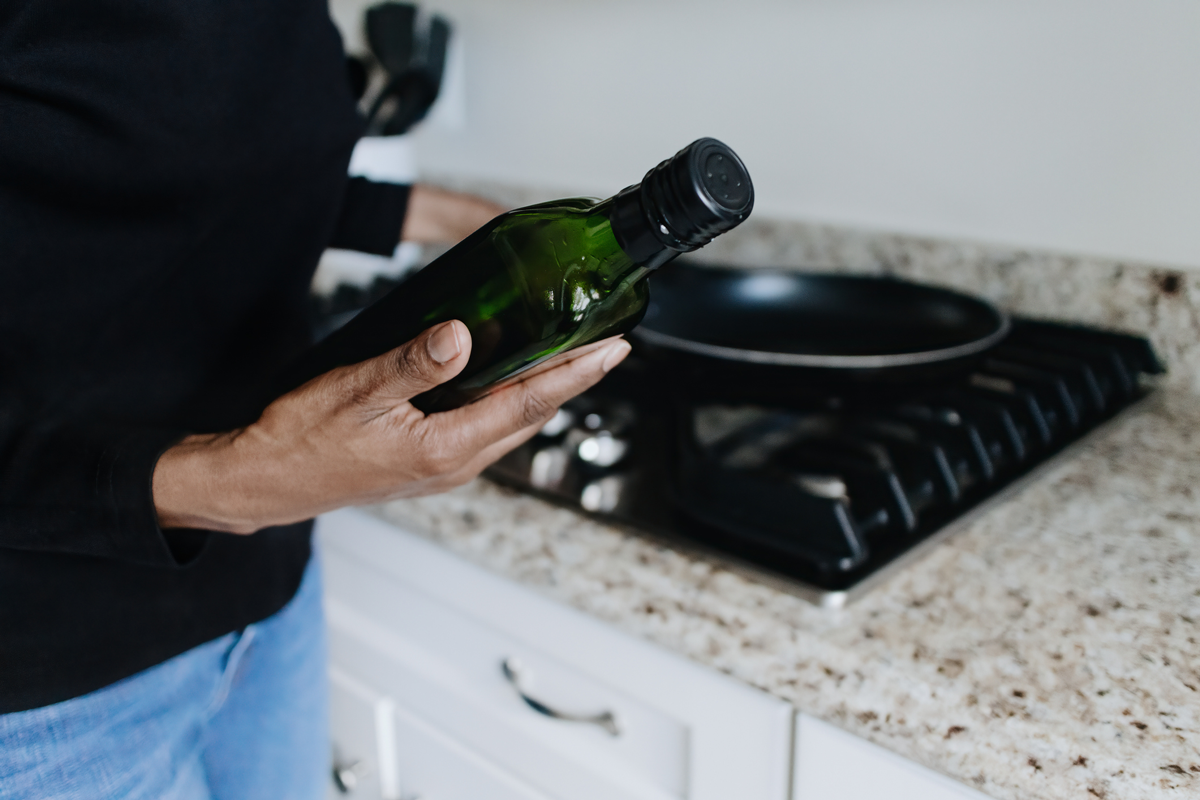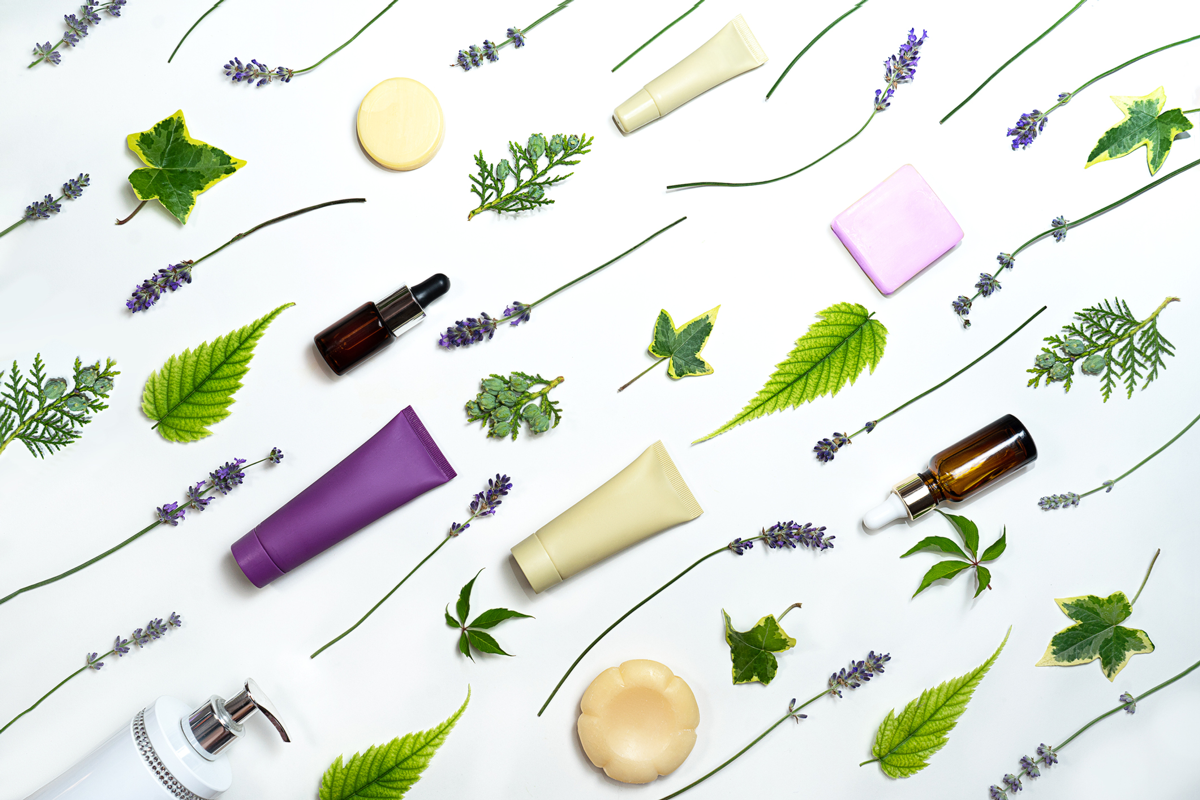Seed oils are making headlines, and for many people, it’s the first time they’ve even heard the words. What even are seed oils, and should I avoid them? Do seed oils give you cancer? Should I replace them with beef tallow?
Unlike some other possibly problematic foods—say, coffee or red meat—it’s unclear to many people what these oils are, where one can find them, and what the alternatives are. So, let’s start there and then get into the relationship between these oils and health outcomes.
What are seed oils?
Seed oils are any cooking oils that come from seeds. Think: canola oil, safflower oil, corn oil, soybean oil, and a few others. These oils are used in cooking, and they tend to be relatively inexpensive, so they are commonly used in processed foods. It is useful categorically to distinguish them from two other groups of fats you could use in cooking. First, there are other plant-based oils that are not seed-derived: olive oil, avocado oil, and a few nut oils. Second, there are animal-product-based alternatives (butter, lard, tallow).
All of these options contain fat, which is what makes them work cooking-wise. Where they differ is in the type of fat. Animal products are (on average) high in saturated fat. Both seed oils and non-seed plant oils are higher in unsaturated fats. They have a varying balance of monounsaturated and polyunsaturated fats. Within the polyunsaturated fats, seed oils have more omega-6 fats, and other non-seed plant oils have more omega-3 fats. It is this omega-6 versus omega-3 issue that comes up the most in the oil debate.
For easy reference, I’ve included a table below.
If we look at, say, the 1950s, people in the U.S. consumed a lot of their fat as animal fat. Over time, the tide has turned against saturated fats and toward unsaturated fats as “better” fats. This has caused substitution away from products like butter and lard and toward oils of both types. Since seed oils are cheaper and have some helpful properties for cooking (like a high smoke point), a large share of the substitution went there. This is especially true of substitution when we look at ultra-processed foods—say, chips—which typically do not rely on expensive oils like avocado for their production.
The result of all of this is that relative to that earlier period, most people consume (a) a much higher ratio of unsaturated to saturated fat and (b) a much higher ratio of omega-6 to omega-3.
A primary goal of this move away from saturated fats toward unsaturated fats was to improve heart health. Consumption of a lot of animal fats has been associated with higher rates of heart disease. Hence, the assumption was that this move would improve heart disease. But once many people started to make them, concerns were raised about the increase in omega-6 relative to omega-3. The most common concern is about inflammation—the idea that a high rate of omega-6 in the diet will cause more inflammation and heart disease.

What does the data on seed oils say?
The data does not say anything very direct. There are correlational data, of course, that show an association between what foods you consume and your health. These are the data commonly cited, for example, by RFK Jr. The problem is that these studies do not show causal impacts—the differences in health outcomes are likely driven by other differences across people, not by the seed oils. (I’m not going to talk about these because I do not think we learn anything from them. I’ve written about why I look at data differently before, and this framework certainly applies here.)
In the indirect space:
- The idea that omega-6 fatty acids contribute to inflammation comes from biological theory and small-scale studies that (for example) look at blood markers before and after meals. It is unclear, though, how important any of what they see is for realized health.
- There is one very large randomized trial of a particular diet—the Mediterranean diet—that showed large positive impacts on heart disease risk in a high-risk population. The diet used here was rich in omega-3s (it contained a lot of fish, olive oil, and walnuts). That provides some support for the idea that omega-3s support heart health but is not the same as saying that omega-6 hurts it.
When we look for direct evidence, we can turn to a series of Cochrane reviews. Cochrane reviews are formal meta-analyses that combine multiple randomized controlled trials—many of them individually small—to try to draw an overall conclusion.
The data is not compelling here in separating out omega-6 and omega-3 fatty acids. Further complicating the picture, it’s actually not very clear even in suggesting that these unsaturated fats are healthier.
A large Cochrane review, covering 49 trials of 25,000 people, looks at the impacts of trials that included any type of omega-3 or omega-6 supplementation or substitution. This review finds little evidence of a reduction in total mortality, although it finds some evidence of small reductions in cardiovascular events. There is evidence of reductions in triglycerides, but not in cholesterol, and no impact on weight. If you squint, the small cardiovascular benefits are there, but the situation is underwhelming.
Turning to omega-6s directly, this Cochrane review concludes there is some weak evidence that increasing consumption of omega-6 improves cholesterol and possibly lowers heart attack risk. These results are very similar to what a review of only omega-3 studies finds. It isn’t, for example, the case that the omega-3s look like a wonder drug and the omega-6s do not. They both look like they provide some small benefits relative to a diet rich in animal fats.
Should you use seed oils or not?
Here’s my glass-half-full perspective if you’re coming for the seed oil advice. There is nothing I can see in any data here that would suggest seed oils are some kind of toxic waste dump or dangerous to your health. They’re just another kind of oil. You should use them when they make sense, like when you need a neutral-tasting oil or a high smoke point, or you need a huge bottle because you’re making fries. You could also use avocado oil if you want to feel fancy. Olive oil has a nice flavor. Personally, I have a cabinet with like four kinds of sesame oil. I can only assume they are all the same, so I use them with abandon. Enjoy yourself!
Here’s the glass-half-empty: We’re at another nutrition science impasse. The idea that olive oil is better for you than lard is something that is widely accepted. This data makes even that seem, if not wrong, probably smaller than people expected. As always, we are left to ask, do we know anything?
I spend a lot of time with nutrition data. I work on issues around how we learn from these data (see, e.g., here) in my academic work, and I write about it repeatedly. I think about personal nutrition, as I try to optimize food so I can run fast (carbs, so many carbs). I think it’s not fair to say we know nothing, even as I dismiss most of the literature because of obvious correlation-not-causation issues. But where dietary advice almost always falls apart is when it gets too specific.
It is very rare that the data can compellingly support one specific food as “good” or “bad.” There are healthy diets that include lard and unhealthy ones that include avocado oil. General guidelines, like “Eat a variety of foods” and “Eat some protein and vegetables,” are sensible, and a large share of diets that produce health seem to have these features. But those guidelines are both somewhat harder to follow and also boring.
“Seed oils might be toxically inflammatory!” is … an inflammatory headline, just as “Eating chia seeds is the key to longevity” is one you want to believe. But most of the time, you cannot. Unless a study of a particular magic food comes from a large randomized controlled trial, you should typically ignore it. Seed oils included.
The bottom line
- Seed oils differ from other plant-based and animal-based cooking fats primarily by containing more omega-6s and unsaturated fats. Although a big shift from animal fats to “better fats” occurred over the years, concerns were raised about the higher omega-6 to omega-3 ratio in seed oils potentially causing increased inflammation and risk of heart disease.
- There’s no strong, direct evidence clearly distinguishing omega-6 from omega-3 fats or proving significant health benefits of unsaturated fats overall; small studies suggesting omega-6 increases inflammation aren’t conclusive for actual health outcomes. Larger reviews indicate that both omega-3 and omega-6 fats may offer minor benefits (like slight reductions in cardiovascular events and improved cholesterol), but these are modest and not compellingly different from each other.
- Nothing definitively suggests that seed oils are harmful, let alone poisonous; they’re just another cooking oil. Nutrition data rarely supports labeling specific foods as definitively “good” or “bad,” and broad dietary advice (“eat a variety of foods”) is more reliable than overly specific recommendations. Ignore dramatic claims about specific foods that lack rigorous evidence from randomized trials.



















Log in